Planting trees in North Rhine-Westphalia
In North Rhine-Westphalia we have various options for planting trees. The damaged areas are almost omnipresent, no matter where you look.
Some areas are near Cologne towards Windeck, others towards Bergisch Gladbach and Gummersbach. Further east we can also plant trees in Ferienohl, as well as in Münsterland. We know various forest owners. If you would like to sponsor a tree in another part of North Rhine-Westphalia, we would be happy to hear about it. We can certainly start an individual project for you.
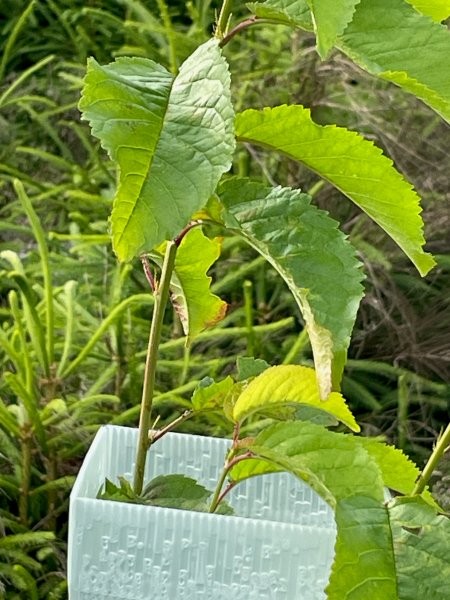
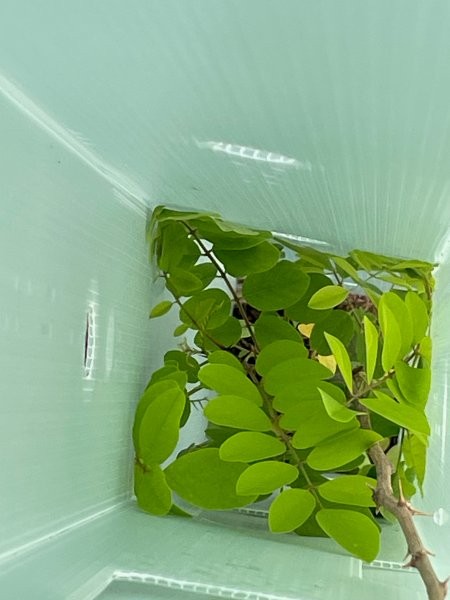
Update: Spring 2025
About half a year after planting in the Oberbergisches Land region, the young trees had established themselves very well by spring 2025. Fortunately, we have a survival rate of over 90%. That’s great! It’s always a joy to see that the effort is paying off and that we are creating new forests for the future
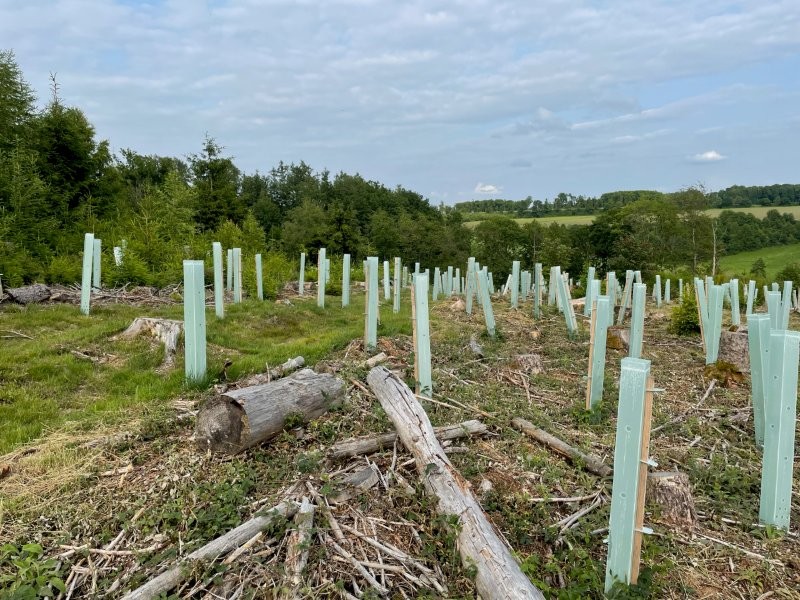
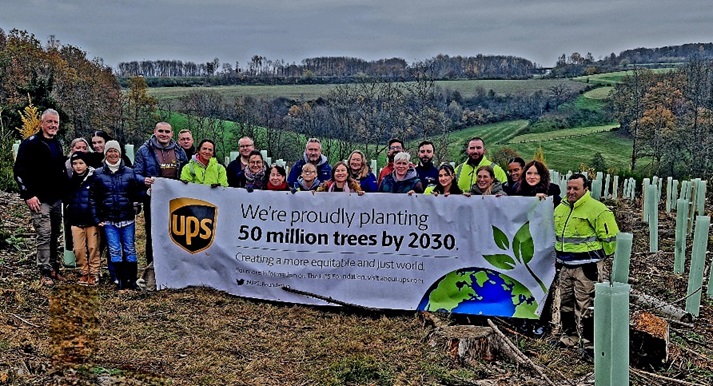
Reforestation: Oberbergisches Land
We don’t normally do team building activities, but exceptions prove the rule. In cooperation with the International Tree Foundation and the UPS Foundation, we spent a great day planting new trees in autumn 2024. It was a great day with a great result! Thanks to everyone involved!
Would you also like to plant some trees and care about reforestation in you area? Then get in touch!
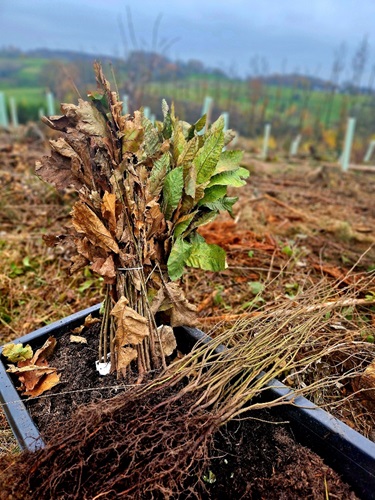
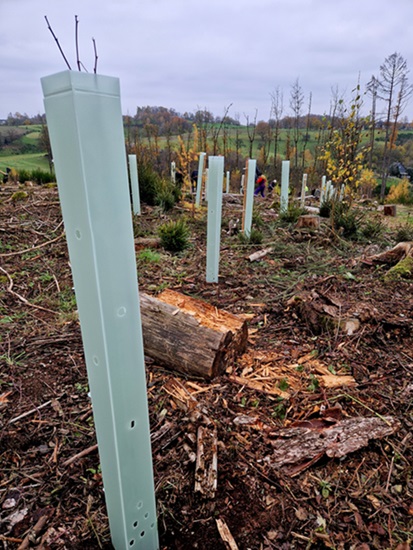
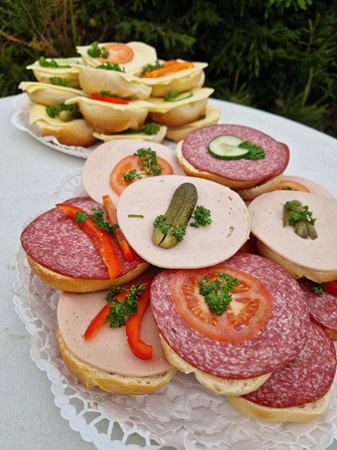
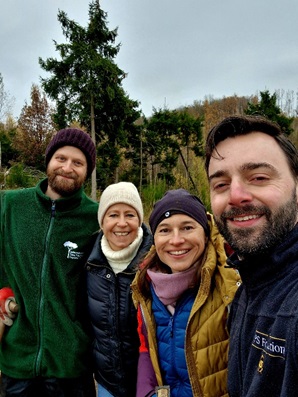
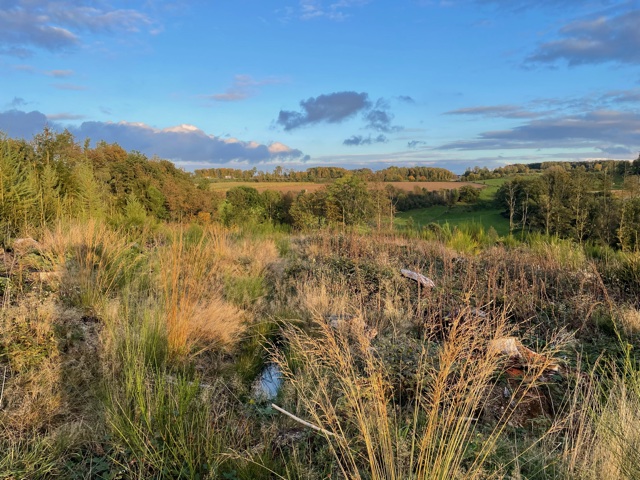
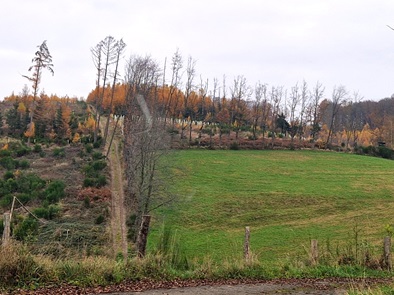
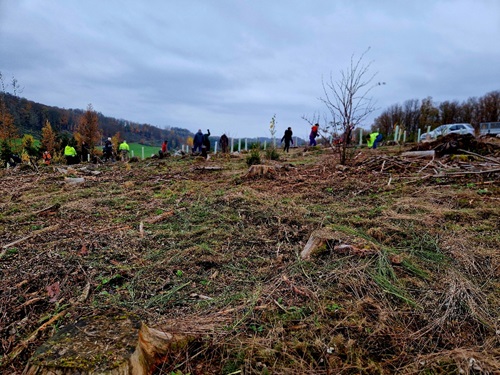
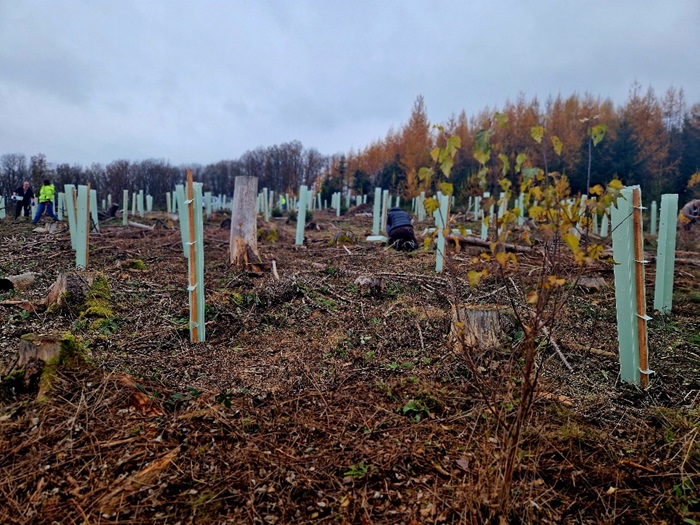
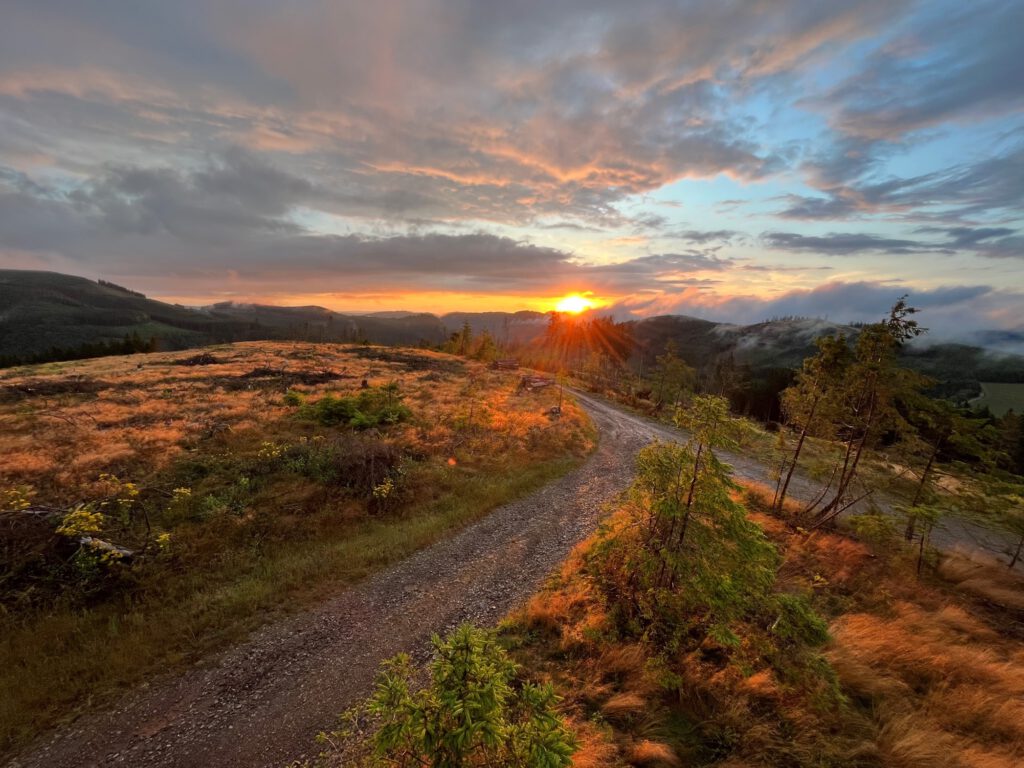
Planting trees near Cologne
We have two other options for planting trees near Cologne.
- Lennestadt: 100 km east of Cologne
- Windeck: 70 km southeast of Cologne
The damaged areas are 1-2 hectares each. In total we want to plant 14,000 trees. We will consider douglas fir, arborvitae and hemlock in Lennestedt and alder, maple and English oak in Windeck. All seedlings are PEFC certified. Both areas are part of a family owned business.
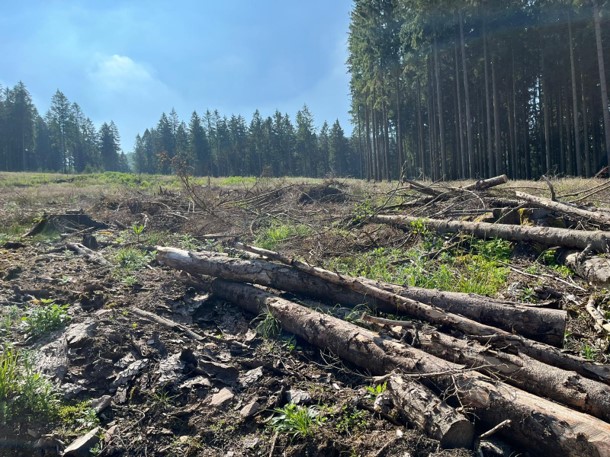
Planting trees in the Ruhr area
Furthermore, we also have an opportunity to plant trees in Freienohl. Here, 5,000 trees are needed for an area of two hectares to reforest an area of calamity. We will plant mainly coniferous trees such as hybrid larch and thuja. What do you think? Would you like to support this tree project?
- Dortmund: 65 km
- Münster: 100 km
- Bielefeld: 120 km
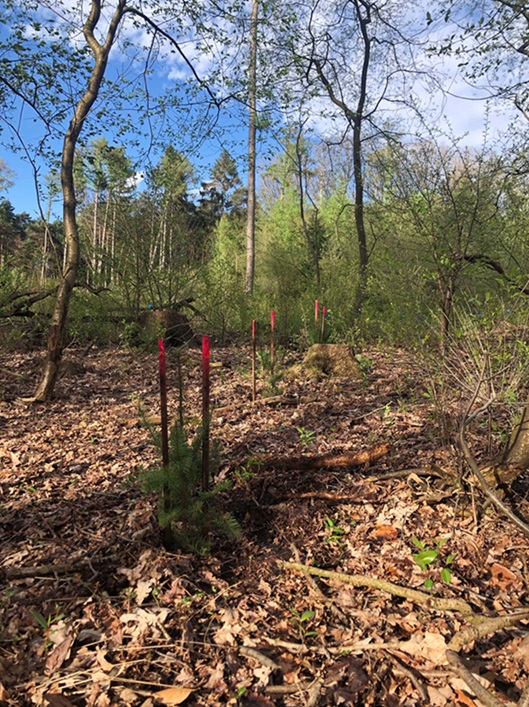
Reforestation in Münsterland
Another project location is in Letter Bruch (Münsterland), approx. 4 km from the town center at 48653 Coesfeld-Lette. The individual damaged areas vary in size. Most of them are 1.5-3.0 hectares each. This forest has been in the family for 35 years and offers enough space to plant new trees.
There are other forest owners with areas in the neighborhood facing same problems. This means a lot of work to reforest the damaged forest areas caused by drought, bark beetles and windthrow.
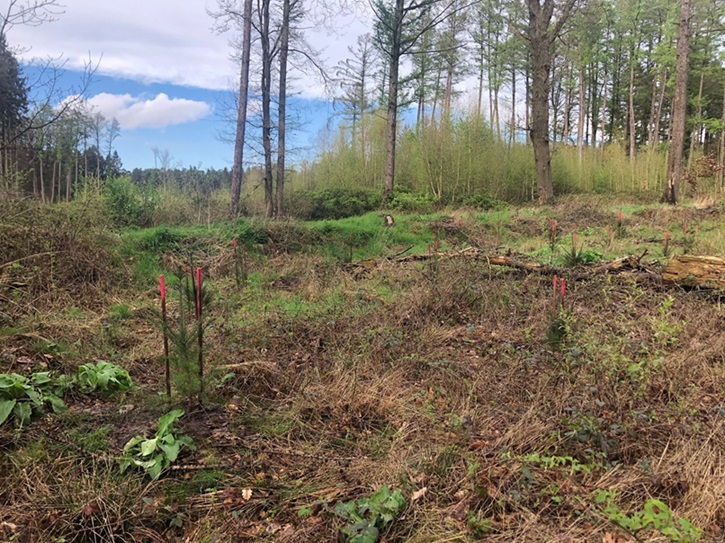
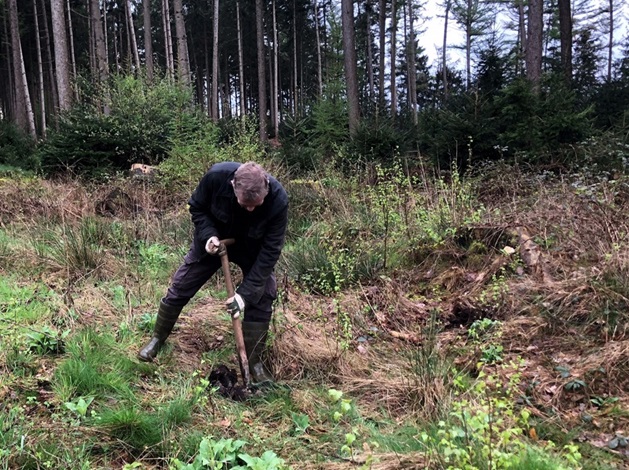
The existing mixed forest consists of birch, spruce, larch, pine, beech and oak. Some tree varieties self-seed, but the entire area needs support to soon form a closed forest area again. This is the best way to permanently protect the forest floor from drying out. Unfortunately, natural regeneration cannot do it on its own. That’s why we’re helping and planting the robust and climate-resistant douglas fir.
What about you? Would you like to take on a tree subscription or tree sponsorship for a forest area and plant some trees?
